Each piece is created solely with simple BIC ballpoint pens. One mistake means starting over entirely — because in this medium, nothing can be hidden.
Without any formal art education, they excel at capturing the unique identity of their tribe in their work — with remarkable attention to detail.

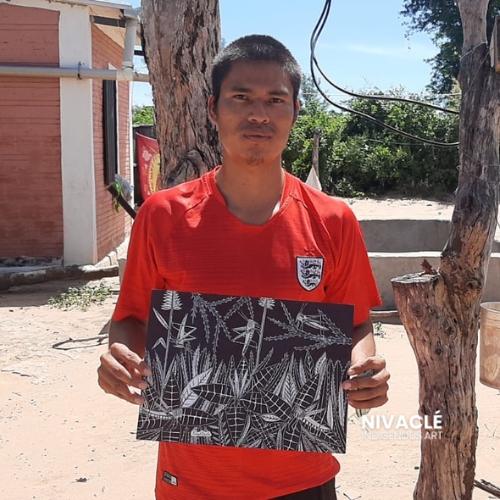
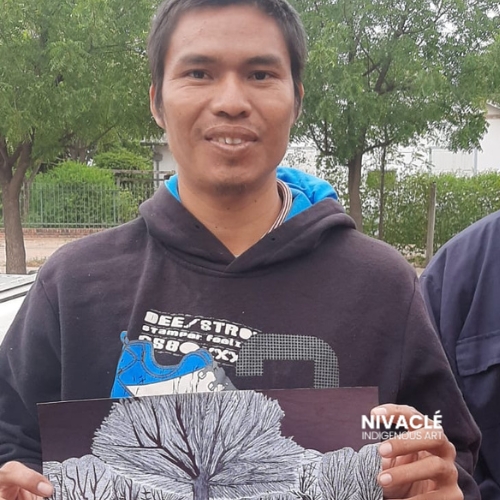
Anyone who gazes at Peralta’s work feels as if they’re entering into a conversation with nature — as though Peralta himself is revealing the personalities of his subjects to the viewer.
He effortlessly navigates different stylistic approaches: experimenting with black ink in the spirit of chiaroscuro, or introducing harmony through the careful use of symmetry.
Myths and legends from the Nivaclé tribe deeply influence Esteban’s artistic style.
He is the only Indigenous artist who brings animal allegories to life — rooted in the tribe’s own ancestral stories.
Through his work, viewers are invited to peer through a window of memory into a vanished world.
Esteban’s choice of subject matter blends both realism and abstraction.
He often depicts the jaguar’s sinuous body draped across tree branches, capturing both its physical grace and mythical presence.
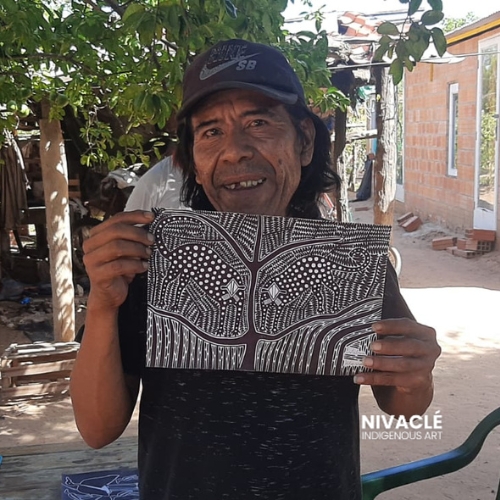
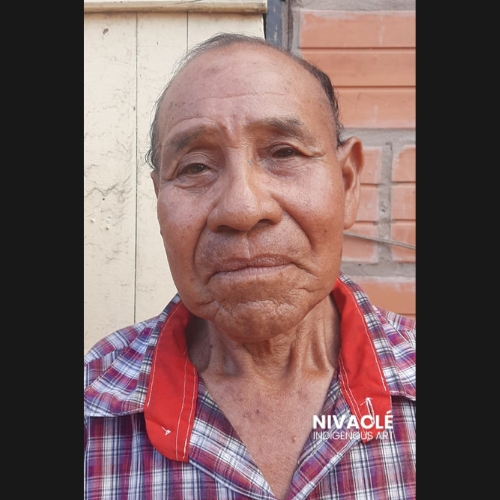
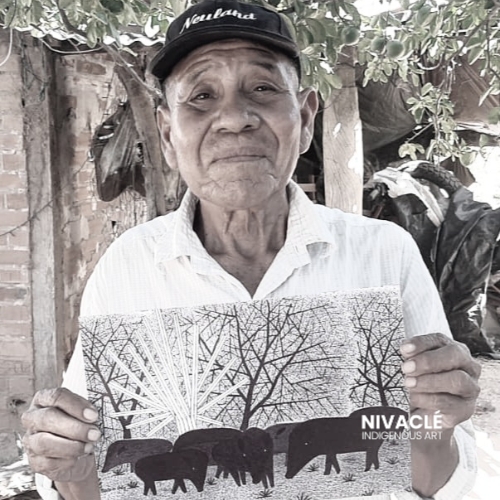
One drawing technique stands out in Ortiz’ art: instead of using defined outlines, he forms his figures with quick, short strokes that bring them to life.
Among his most frequent subjects are wild boars, known in the Indigenous language as tjats’i and tagua avoctsej — animals he loved to observe as a child.
Efacio’s work stands out through its striking expressive power.
He captures fleeting moments in nature — the bared teeth of a jaguar, the startled eyes of its prey.
With ease and intuition, he reveals the raw truth of the wild: to hunt, and to be hunted. The final seconds before being torn apart. The unmistakable pleasure just before the kill.
The emotions of Efacio’s subjects could hardly be more different — and yet, they are bound by the same truth.
Efacio reveals the essence of the natural cycle, the cycle of life itself:to be hunted. He allows the viewer to feel both sides — the helplessness of falling prey, and the cold instinct of overpowering the weak.
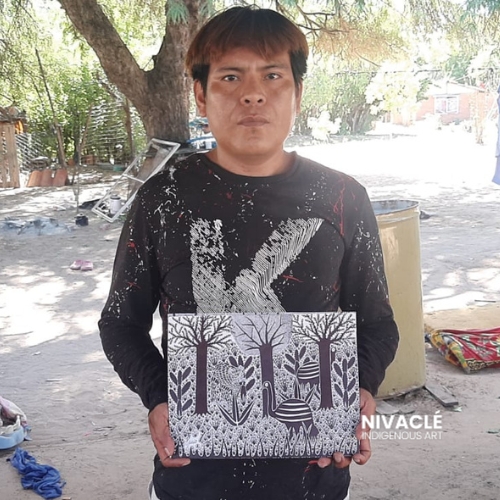
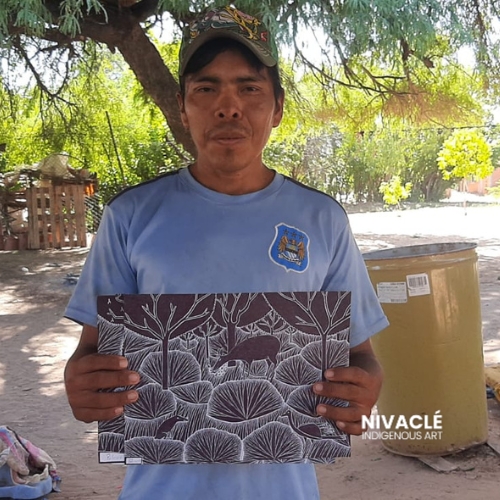
Patricio’s work is defined by a blend of symmetry and momentum.
He captures fleeting moments in nature — scenes that unfold in seconds and are rarely seen again.
A fleeting ostrich alongside a peacefully grazing tapir — subjects that seldom share the same space in real life.
He freezes these brief encounters on paper, framing them in symmetrical compositions and a harmonious portrayal of plant life.
This gives his work a surreal quality, as if the moment were suspended in dynamic balance.
It’s especially visible in his depiction of long, elegant leaves — a recurring motif throughout his pieces.
With a strong focus on the collective, Pitoe weaves emotion and heritage into his work — honoring the traditions and unity of his people.
He portrays everyday scenes from the past, awakening a deep sense of nostalgia, even in the viewer.
Rather than highlighting individual detail, he emphasizes the shared experience — the strength of community, of belonging.
At the heart of it all lies a simple truth: survival depends on togetherness.
